
Spider Exterminator in Redland, TX
Professional spider exterminator service in Redland, TX from Spot On Pest Control, LLC. We inspect, treat, & seal entry points for lasting spider protection.

Spider Exterminator in Redland, TX
Spiders are a common nuisance in Redland, TX homes, especially during warm, humid months when both spider activity and their insect prey increase. A professional spider exterminator service focuses on accurate inspection and identification, targeted treatments for both common and venomous species, perimeter and interior control, exclusion and habitat reduction, and a practical maintenance plan. This page explains what to expect from a comprehensive spider control service in Redland homes and how timely action reduces bites, property webs, and recurring infestations.
Why spider control matters in Redland, TX
Redland’s warm summers, seasonal rains, and abundant vegetation create ideal conditions for insects and the spiders that feed on them. Many spiders are harmless and even beneficial, but populations that build webs around entries, inside crawl spaces, or near living areas reduce comfort and can pose health risks when venomous species are present. Effective spider control balances pest reduction, long-term exclusion, and safety for occupants and pets.
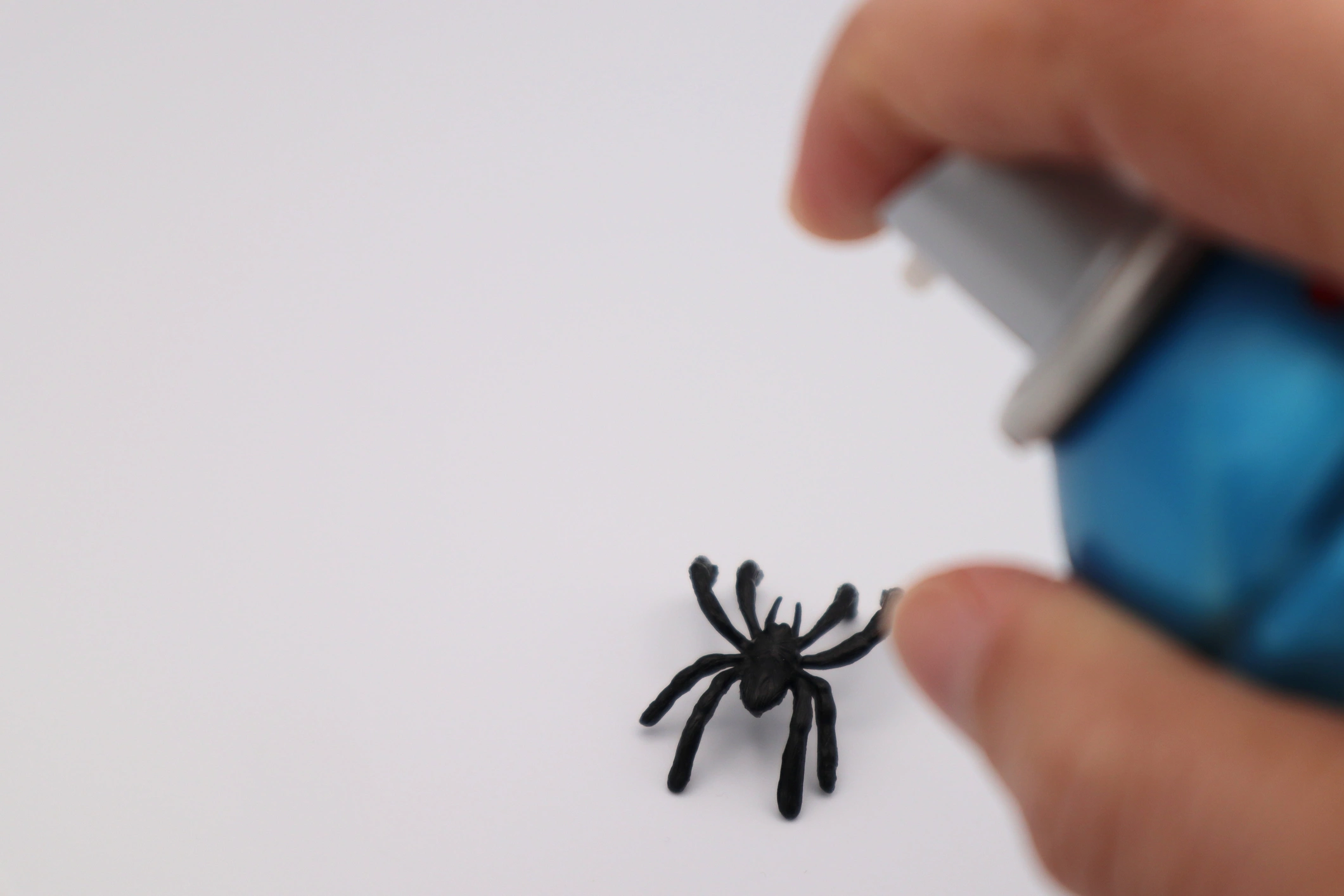
Common spider species and issues in Redland, TX
- Orb weavers: Large decorative webs on shrubs and eaves; generally harmless but unsightly.
- House spiders / Cellar spiders: Common indoors; create messy webs in corners, attics, and basements.
- Wolf spiders: Ground hunters that may enter homes; large and alarming but typically nonaggressive.
- Jumping spiders: Small, active spiders that wander indoors; nuisance but rarely dangerous.
- Black widow: Shiny black body with a red hourglass; venomous and requires careful management.
- Brown recluse: May be present in Texas; notable for a violin-shaped marking and potential for serious bites.
Common issues Redland homeowners report are excessive webs around doorways and porches, spiders in garages or attics, recurring indoor sightings after treatments, and concerns about venomous species near children, pets, or high-traffic areas.
Spider inspection and identification
A professional spider inspection in Redland includes:
- Systematic interior and exterior checks: eaves, under siding, attics, crawl spaces, garages, porches, and landscaping near the foundation.
- Identification of species and life stages to inform treatment: egg sacs, webs, live adults, and shed skins.
- Assessment of contributing factors: moisture sources, insect populations, clutter, and structural entry points.
Accurate identification matters because treatments and safety protocols differ for common spiders versus venomous species like black widow and brown recluse.
Treatment approaches for common and venomous species
Treatment is tailored to the species found and the home’s layout:
- Targeted contact treatments: Spot applications to webs, entry points, and harborages for immediate reduction of visible spiders.
- Residual barrier treatments: Perimeter applications around foundations, windows, doors, and eaves to reduce re-entry and deter wandering spiders.
- Dust applications in voids: In attics, wall voids, and under eaves where spiders nest or where insect prey congregates.
- Egg sac management: Physical removal or treatment of egg sacs to reduce the next generation.
- Special handling for venomous spiders: When black widows or brown recluses are identified, technicians use heightened safety measures, precise treatment placement, and follow-up inspections to ensure elimination and minimize risk.
For venomous species, treatment focuses on both removal and exclusion to prevent re-establishment in living areas.
Perimeter and interior control measures
- Exterior perimeter treatments create a chemical or baited barrier that interrupts the movement of spiders and their prey.
- Interior measures emphasize targeted treatments to webs, cracks, closets, attics, and basements while minimizing chemical exposure to living spaces.
- Non-chemical approaches include regular vacuuming of webs, sticky traps to monitor activity, and physical removal of egg sacs.
- Lighting adjustments and insect reduction outside the home reduce the food source that attracts spiders to entrances and eaves.
Exclusion and habitat reduction tips for Redland homes
Practical exclusion reduces dependence on repeated chemical treatments:
- Seal gaps around doors, windows, and vents; use door sweeps and repair torn screens.
- Caulk cracks where utility lines or pipes enter the structure and screen attic and crawl space vents.
- Move woodpiles, mulch, and dense plantings away from the foundation; keep landscaping trimmed to reduce pathways into the house.
- Reduce clutter in garages, attics, and basements where spiders hide; store items in sealed plastic bins rather than cardboard.
- Address moisture: fix leaky faucets, ensure proper drainage, and use dehumidifiers in damp spaces that attract both spiders and their insect prey.
- Replace bright white exterior bulbs with yellow-tinged or sodium vapor lights to reduce insect attraction to entry areas.
Recommended follow-up and seasonal prevention
- Inspections in spring and fall identify increases in spider activity and signs of egg sacs before hatch season.
- Seasonal perimeter maintenance before peak summer and fall migration reduces the chance of indoor invasions.
- Regular monitoring using sticky traps or inspection logs helps track activity and determine if additional treatments are needed.
- Combine professional treatments with homeowner practices—web removal, exclusion repairs, and insect control—to maintain long-term reduction.
Safety considerations for homeowners
- Do not attempt to handle or crush spiders you suspect are venomous. Black widow and brown recluse bites can require medical attention.
- Use gloves when removing webs or cleaning garages and attics; vacuuming is a safer removal method than sweeping, which can disperse egg sacs.
- Store pesticides safely and follow label instructions carefully. Improper use of over-the-counter chemicals can create risks for children, pets, and indoor air quality.
- Professionals will apply treatments in a targeted manner, explain re-entry guidelines, and advise on precautions when dealing with venomous species.
- If a bite is suspected, document the spider if possible, clean the bite area, and seek prompt medical care. Inform medical personnel about the possibility of a spider bite.
Benefits of professional spider control and ongoing maintenance
A comprehensive spider exterminator approach for Redland, TX homes reduces health risks, improves comfort and curb appeal, and lowers the chance of recurring infestations. Combining accurate identification, targeted treatments, perimeter barriers, exclusion work, and seasonal follow-up creates durable results. With attention to local seasonal patterns and habitat factors, maintenance-focused plans keep Redland homes safer and more comfortable year-round.
End Spider Sightings With Precision Control That Works
Don’t let webs and unexpected spiders take over your home — professional spider exterminator in Redland, TX services from Spot On Pest Control, LLC are designed for fast, targeted elimination of both harmless and venomous species. Our expert technicians inspect your home thoroughly, treat known spider hotspots, and build long-term protection through exclusion and seasonal maintenance. With venomous species like black widow and brown recluse a possibility in Redland, acting early can prevent risk to your family and pets. Stay ahead of infestations before egg sacs hatch and populations spread.
Protect Your Home With Redland’s Trusted Spider Control Specialists
Our Services
Our pest control services cover ants, termites, bed bugs, rodents, mosquitoes, and other common pests, with customized solutions for both residential and commercial properties.
.png)



